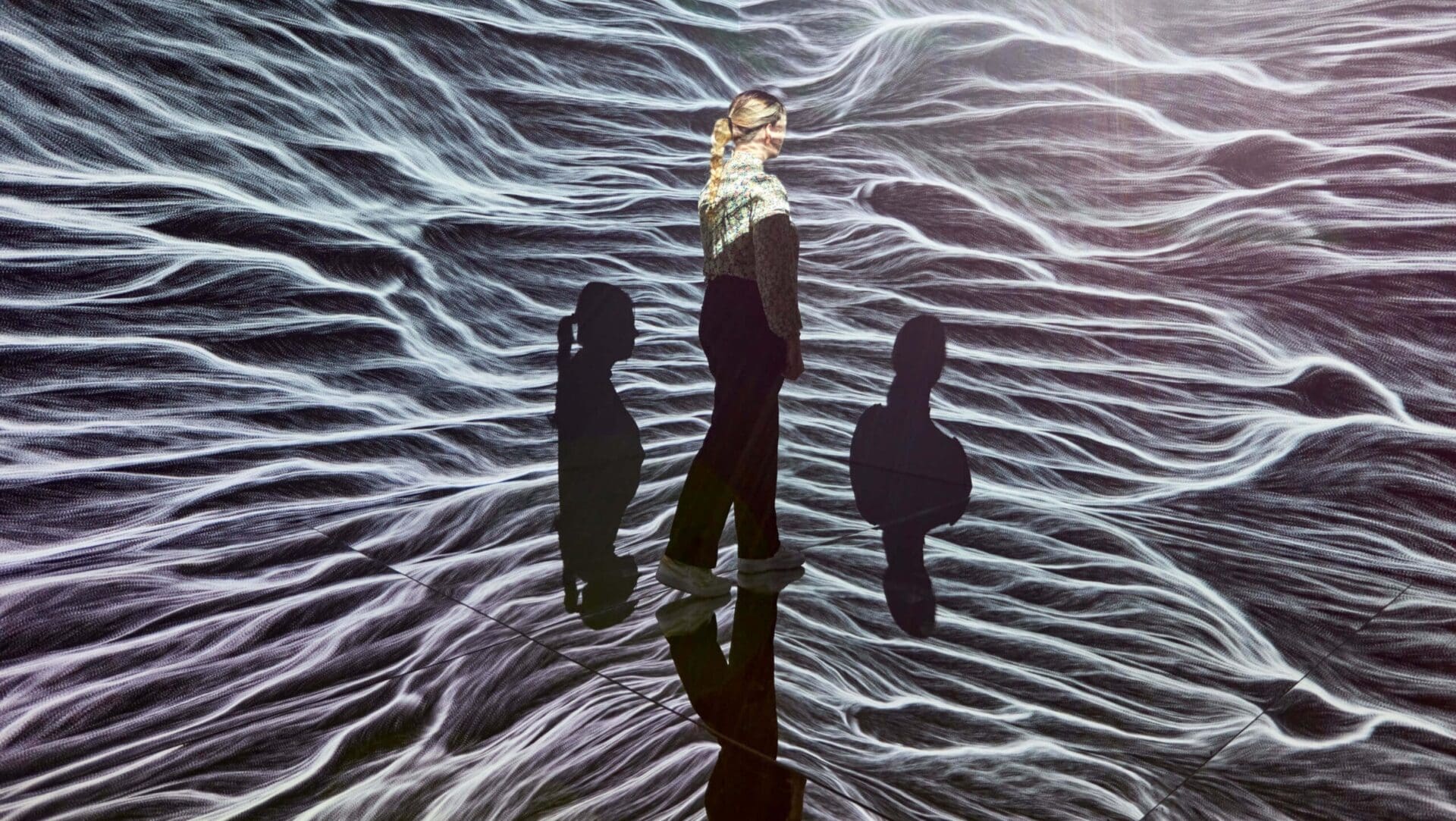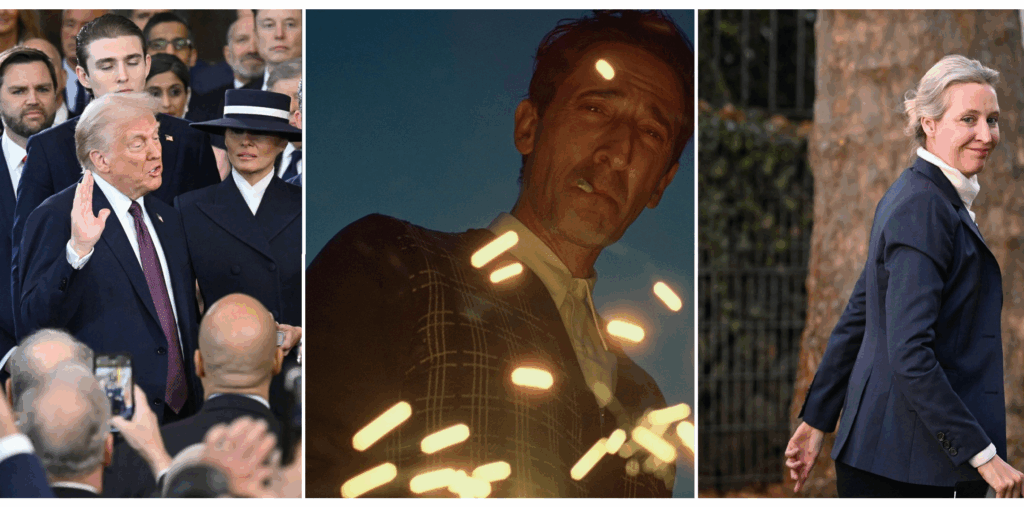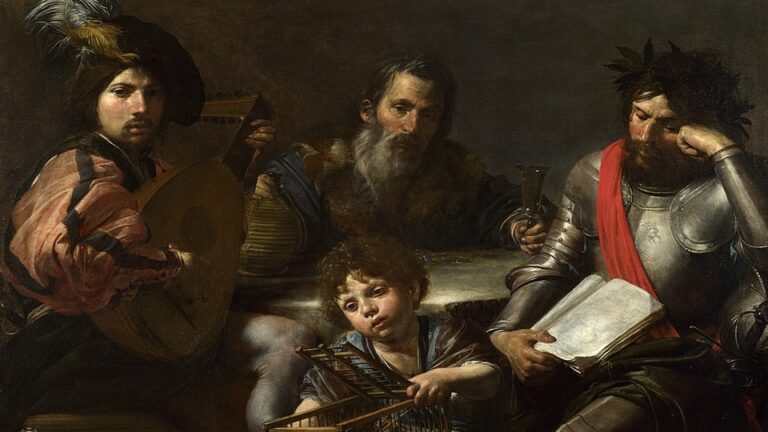The following is a translation of an article originally published in Magyar Krónika.
January is the saddest month of the year for many: the holidays are over, but winter really begins only then—long, cold, and dark days one after the other. Let’s make sure we have something to look forward to in January: Magyar Krónika has collected some great activities to fill our grey days with light and colour.
Year of the Dragon Lantern Festival
On view until 24 February
Budapest Zoo
The Year of the Dragon Lantern Festival leads us into a colourful and magical world of light and shadow fantasy. In the Biodome gardens and building on Állatkert (Zoo) Boulevard, hundreds of lanterns illuminate a colourful and spectacular world presenting the beauty of animals every day from 5 to 9pm. According to the Chinese calendar, 2024 is the year of the dragon, so the festival’s centrepiece is closely linked to the Chinese New Year. The lanterns are assembled into huge images, often five to eight metres tall, which we can sometimes also be a part of. There are installations linked to Chinese cultural tradition, classical Chinese masterpieces, and Eastern mythological stories, but also Caribbean flamingos, polar bears, playful chimpanzees, exotic animals, bright flowers, and colourful butterflies as we walk along the visitor’s walkway.
Megkezdődött a Sárkány Éve Lampion Fesztivál
No Description
Françoise Gilot: Rising Phoenix
On view until 4 February
Kunsthalle Budapest
Françoise Gilot’s painting career spans eight decades, but besides painting, she has written numerous books on art theory, published, and illustrated books of poetry, taught at university, and designed sets and costumes for dance performances as well. Her versatile and cultured personality captivated her surroundings, and her presence filled the space around her. The exhibition at the Kunsthalle is the most comprehensive presentation of the artist ever staged in Europe. From her early works representing the beginning of her career to late works on paper from 2016, Gilot’s major periods, themes, and series are all represented in the exhibition. Highlights of her oeuvre such as her dramatic self-portrait from her early days with Picasso, one of her first lithographs at the legendary Mourlot workshop in Paris, her monumental floating canvases of the 1980s, and pieces from her epochal series of the 1990s, The Wanderer, are shown together again after a long time.
Wunderkammer — World of Wonders
On view until 31 June
Buda Castle Garden Bazaar
The concept of a Wunderkammer, or a treasure chamber, was developed by kings, emperors, and high-ranking aristocratic collectors in the 16th century. Passionate collectors spent years and decades building up their small universe of exotic objects and precious curiosities from around the world in their own homes. This spectacular documentary offers an insight into these extraordinary collections, from the small Renaissance chambers of the past to the treasure chambers of today, which are now generally housed in salons, villas, or castles. In each episode of the six-part narrative, the viewer is guided by experts on the subject, and the modern collectors themselves tell their own stories, too. The fascinating documentary also reveals many previously inaccessible private collections from France, Italy, Austria, and England.
Superluminal
On view until 20 May
Light Art Museum, Budapest
The Light Art Museum, or LAM, can be a special place to visit at any time of the year, but as the whole place is built around light, one could not find a better time to explore it than in January, a month extremely poor in light. The Hold Street Market Hall is home to exciting artworks, stunning installations, and emblematic modern and contemporary works of art. Through the pieces of more than 40 internationally renowned artists, the exhibition seeks to present light as a physical and natural phenomenon, an indicator of technological progress, and a cultural construct with symbolic meaning, to bring us a little closer to understanding supernovae, black holes, parallel universes, and the encapsulated northern lights.
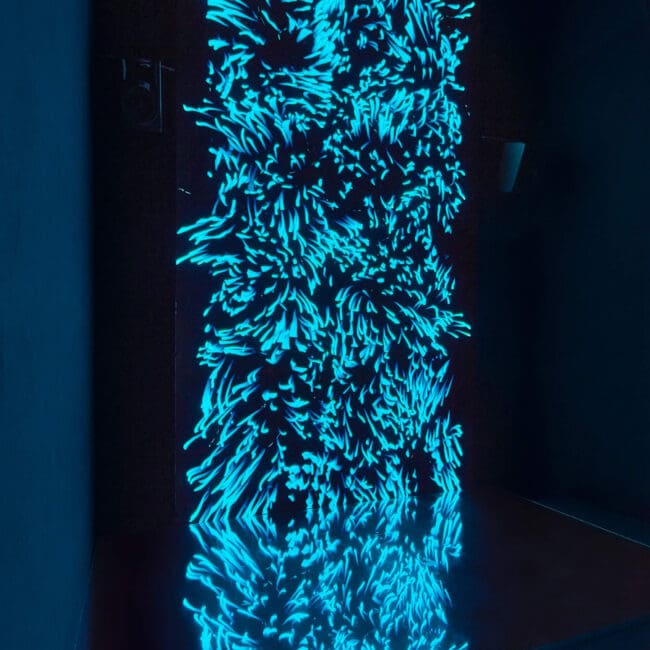
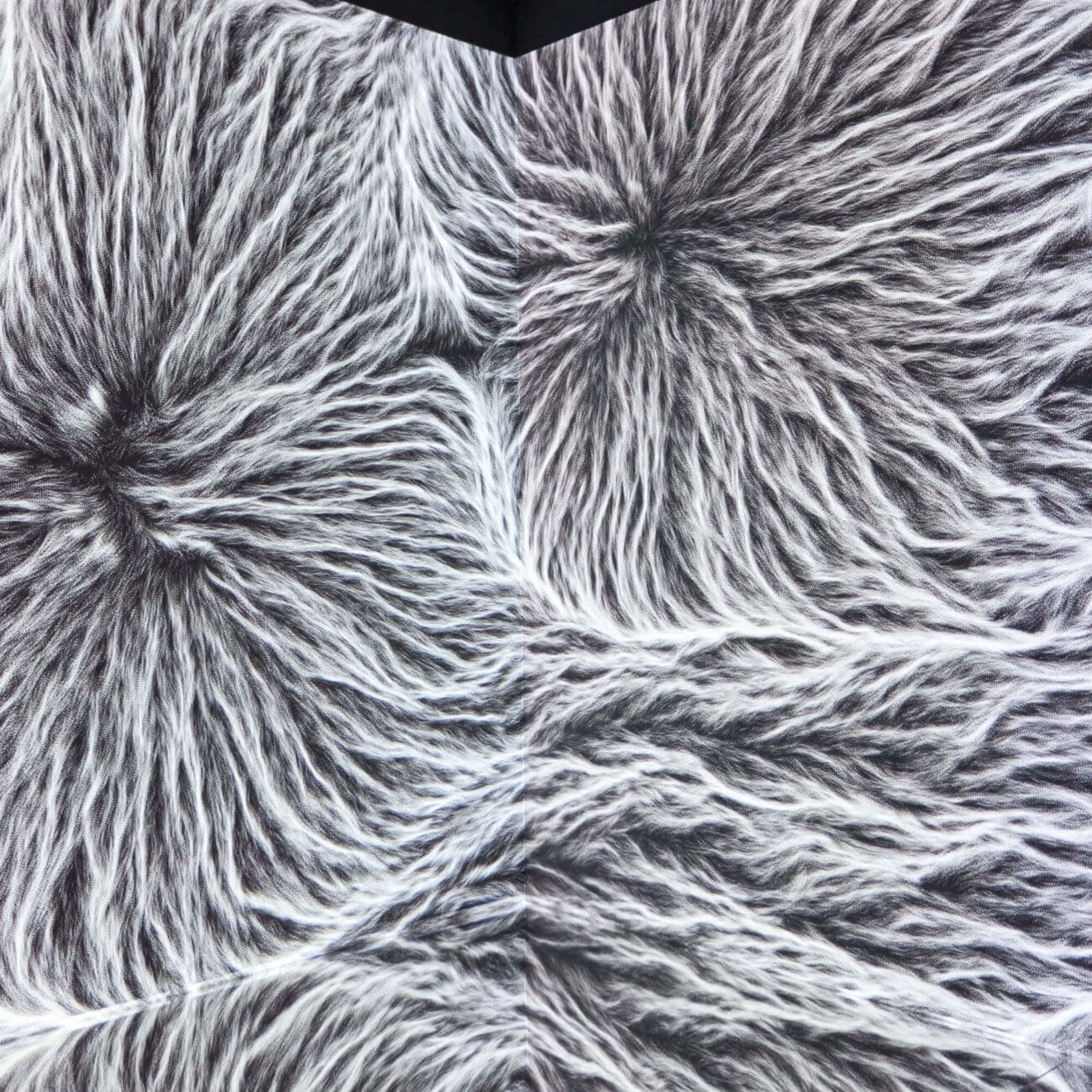
Mother Courage
National Theatre, Budapest
Premiere: 12 January
Bertolt Brecht, one of the most prominent and versatile German theatre-makers of the 20th century, wrote his later iconic play Mother Courage, a poignant drama that first premiered at the Schauspielhaus in Zurich in 1941, while in exile just before the outbreak of the Second World War. Through the fate of the reckless washerwoman, the protagonist of the play, the author focuses on the drama of a common man trying to survive in the chaos of war. The production is staged by renowned Greek director Theodoros Terzopoulos, who began his theatre career as a pupil of Heiner Müller at Brecht’s legendary Berliner Ensemble.
Ice World
On view until 18 February
Hungarian Natural History Museum, Budapest
This winter, the Hungarian Natural History Museum is offering visitors a more exciting attraction than ever before: not only a winter-themed exhibition but also a new ice rink. Thus, ice-skating enthusiasts will be able to combine an active pastime with natural history, and after skating on the ice rink they will be able to learn about the secrets of the Ice Age and Arctic wildlife, as well as the world of extinct and endangered species.
József Csató: Collections // How Was Africa?
On view until 31 January
Einspach Fine Art & Photography, Budapest
The exhibition at Einspach Fine Art & Photography, which opened on 15 December, features bronze and wooden sculptures collected in Nigeria in the 1960s and 1970s as part of the former collection of pharmacist János Pogány and his wife. This collection is accompanied by the latest works by József Csató, courtesy of the Deák Erika Gallery in Einspach. The pairing is not unusual in art history—the sculptures in the artist’s selection also highlight the interconnections between completely different cultures.

I Am Who I Am — Hungarian Fine Art after 1945
On view until 22 June
Budapest Castle Garden Bazaar
The one hundred and twenty paintings in the Jáky Collection help us to understand the history of Hungarian fine art after 1945 through six thematic spaces. The exhibition is unique in that it is able to show, irrespective of stylistic trends, the signs of the dialogue between East and West in all the dominant or hidden artworks of the period. After 1990, it took almost two decades for a new generation of collectors to emerge, able to present the artistic phenomena born during the cultural apathy of the Kádár era and after the regime change in an organic whole. The Jáky Collection, the outstanding collection of the last decades of domestic art collecting, is of such exceptional value.
Related articles:
Click here to read the original article.

